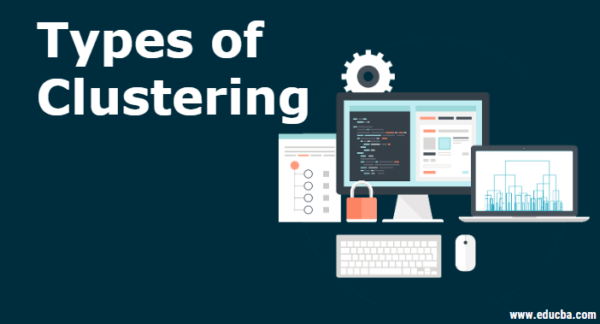Types of clustering algorithms
There are several types of clustering algorithms, each with its own approach to grouping similar data points together. Here are some common types of clustering algorithms:
- K-means Clustering
- K-means is one of the most widely used clustering algorithms.
- It partitions the data into k clusters by iteratively assigning data points to the nearest cluster centroid and updating the centroids to minimize the sum of squared distances from data points to their respective centroids.
- K-means works well for spherical clusters and is computationally efficient.
- Hierarchical Clustering
- Hierarchical clustering builds a tree-like hierarchy of clusters by iteratively merging or splitting clusters based on similarity.
- It can be agglomerative (bottom-up), where each data point starts in its own cluster and clusters are successively merged, or divisive (top-down), where all data points start in one cluster and clusters are successively split.
- Hierarchical clustering does not require specifying the number of clusters beforehand and can produce a dendrogram to visualize the clustering process.
- Density-based Clustering
- Density-based clustering algorithms group together data points that are closely packed in high-density regions and separate sparse regions.
- DBSCAN (Density-Based Spatial Clustering of Applications with Noise) is a popular density-based clustering algorithm that identifies core points, border points, and noise points based on local density.
- DBSCAN is robust to noise and can discover clusters of arbitrary shape.
- Mean Shift Clustering
- Mean Shift clustering is a non-parametric clustering algorithm that does not require specifying the number of clusters beforehand
- It works by iteratively shifting the centroids of clusters towards the mode of the data distribution, where the density of data points is highest.
- Mean Shift clustering can automatically determine the number of clusters and is particularly useful for applications with irregularly shaped clusters.
- Agglomerative Clustering
- Agglomerative clustering is a type of hierarchical clustering algorithm that starts with each data point as a single cluster and successively merges clusters based on a distance metric.
- It can use different linkage criteria, such as Ward's linkage, complete linkage, or average linkage, to determine the distance between clusters during merging.
You Might Also Like

